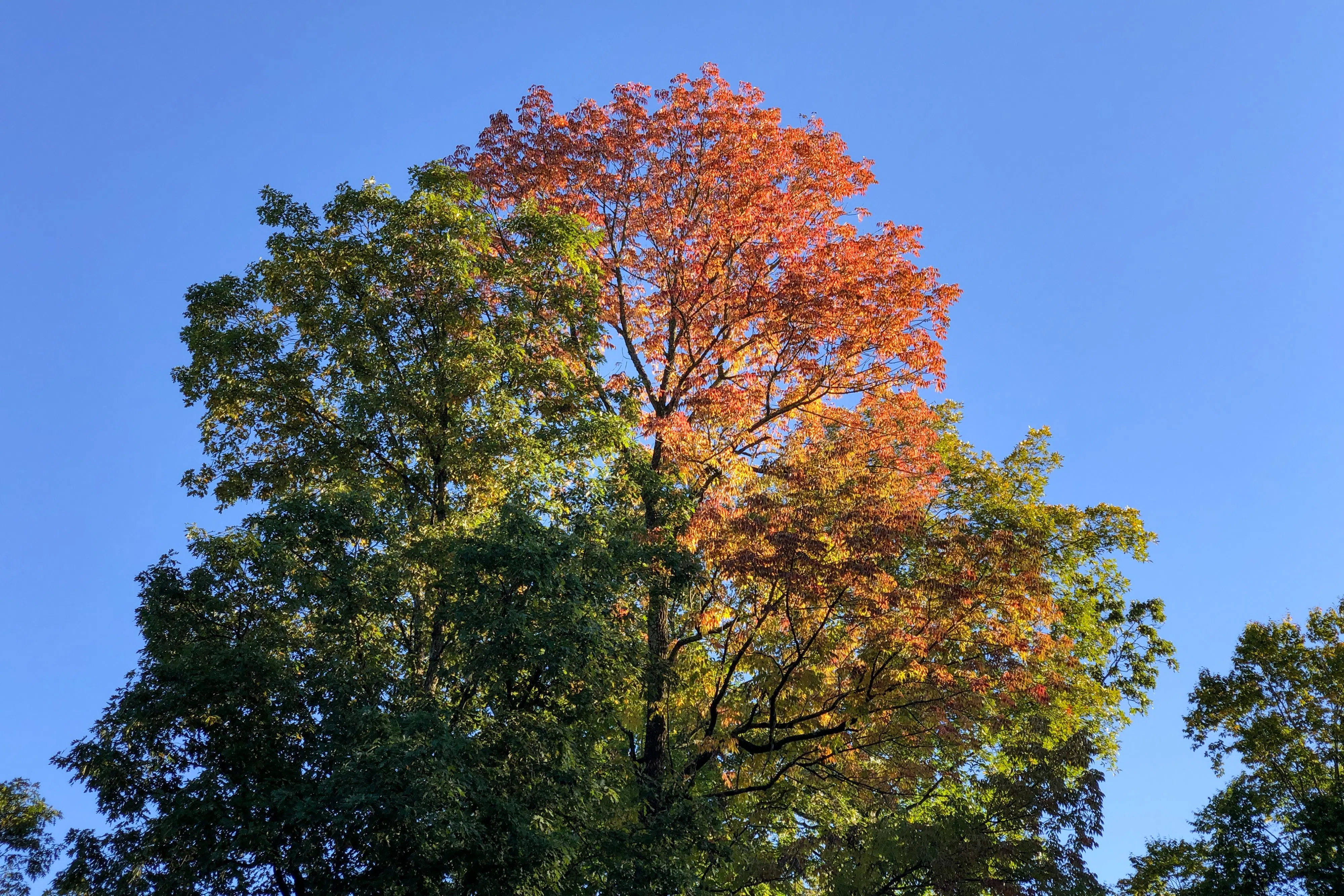
©FAMARTIN/VIA WIKIMEDIA COMMONS - CC BY-SA 4.0
The following article was written by Max Kornetzke, the Land Manager for the Woodland Dunes Nature Center.
The canopies of American Elms (Ulmus americana) once draped their graceful branches over many of America’s urban streets and boulevards. As I drive between work and home every day, I admire the beauty of the remaining specimens along Memorial Drive, which at one time was covered with at least 900 of these trees. Dutch Elm Disease (DED), a fatal fungal pathogen, decimated American Elm populations, which transformed our urban and natural spaces alike. Elms persist in their native habitat, but most of this species has been relegated to a small understory tree. They grow until they eventually succumb to disease.
Some American Elms, however, still tower above the rest. These survivor trees have inspired awe and hope in those who wish to see them restored to their former glory. Researchers have studied these survivors and found them to be resistant, (not entirely immune) to DED. Some of these survivors have been cloned and are now available in the nursery trade. Other efforts have been made by researchers at the US Forest Service’s Northern Research Station to locate more of these survivors so that they may be cloned to create orchards with the hope of producing offspring that are resistant.
When Elms vanished from our wetland canopies, Ash trees took their place. Over the past 20 years, a similar devastating process has struck Ash populations. This time, an invasive insect from Asia called the Emerald Ash Borer (EAB) has turned our swamps into graveyards. Just recently, though, there has been documentation of large healthy Ash trees in stands of dying Ash in Michigan and Ohio, where the outbreaks were first documented.
The finding of healthy Ash in stands of otherwise doomed trees led teams of researchers to do more investigation. What has been found is that some Ash are genetically resistant to EAB. Now, the same researchers are looking for more lingering Ash trees with the same goal of producing resistant offspring.
This spells out something beautiful for the forests we love. There is hope. As waves of Dutch Elm Disease and Emerald Ash Borer ripple through our state and region, there is hope that some trees will live on. This also means that there is something we can do to assist them along in this process. With time, we may restore these ecologically and culturally important species back to their homes within our landscapes.







